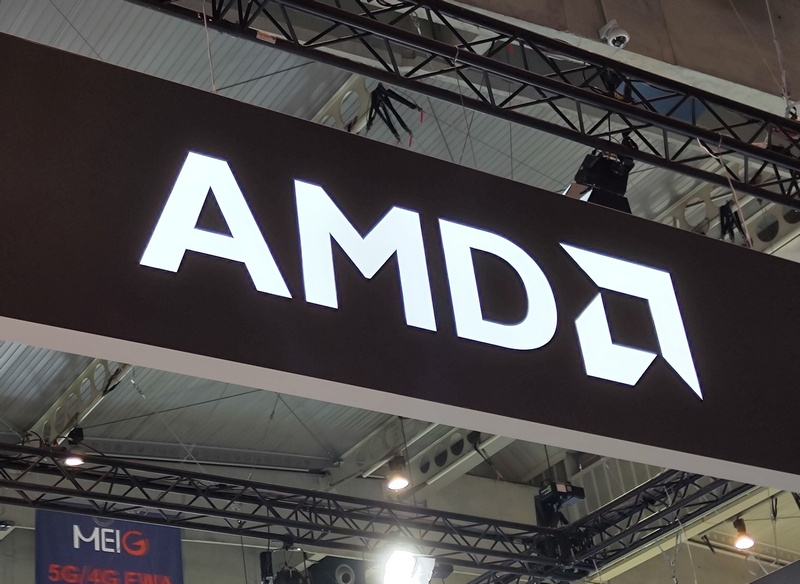AMD Senior Vice President and General Manager of Compute and Graphics Solutions Group Jack Huynh told Tom’s Hardware that AMD is already developing FidelityFX Super Resolution 4.0 image scaling technology. It will differ from the current version of FSR 3.0.

In a wide-ranging interview at the IFA 2024 electronics show in Berlin, Tom’s Hardware asked an AMD executive about the company’s plans for the near future. From this conversation, for example, it became known that AMD wants to combine RDNA for games and CDNA for AI accelerators into a single graphics architecture UDNA, shift the focus from the limited segment of flagship video cards for enthusiasts and increase its presence in the mainstream GPU segment, as well as release processors Kraken for Copilot+ PC laptops up to $799.
Another topic of discussion was the new FidelityFX Super Resolution 4.0 scaling technology, which Guigne touched upon when talking about portable set-top boxes. According to him, AMD has been developing FSR 4.0 for about a year. The new technology will rely entirely on AI algorithms, and one of its key advantages is related to increasing the energy efficiency of GPUs, which are used in portable game consoles.
«When it comes to portable devices, my top priority is battery life. If you look at the Asus ROG Ally or Lenovo Legion Go, there is virtually no battery life. I need a few hours. I want to be able to play Wukong for three hours, not 60 minutes. This is where frame generation and interpolation come in, which is why we are working on FSR 4. FSR2 and FSR3 technologies are based on analytical generation. They were based on filters. We did this because we wanted to get to market quickly with this solution. But then I told the team, “Guys, this is not where the future is going.” So we completely changed our approach about 9-12 months ago to move to AI,” Guigne said.
«Now we are moving to AI-based frame generation, frame interpolation. The idea is to increase efficiency to maximize battery life. And even then we could lock the frames per second to maybe 30 or 35. My main goal now is to maximize battery life. I think that’s [consumers’] biggest complaint,” Guigne added.

In his commentary, the AMD representative did not say anything about using FSR 4.0 with non-portable devices such as laptops. Will the new scaling technology in this case rely on AI accelerators (NPU) as part of the same Strix Point processors? There is no answer to this question yet.
AMD is not yet ready to talk about when the new scaling technology will be officially presented. If FSR 4.0 has already been in development for 9-12 months, then it may well be almost ready for release. However, as demonstrated by past scaling solutions including DLSS and XeS along with FSR 1/2/3, releasing an API is just the first step. Implementing game support for the new API takes much longer.